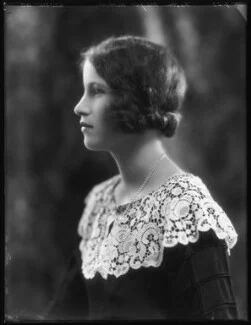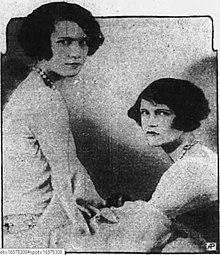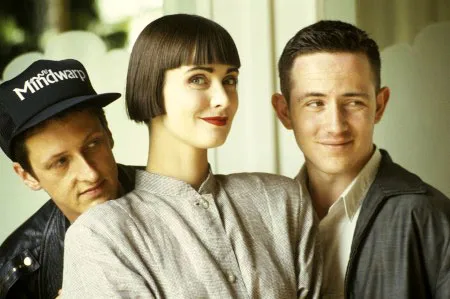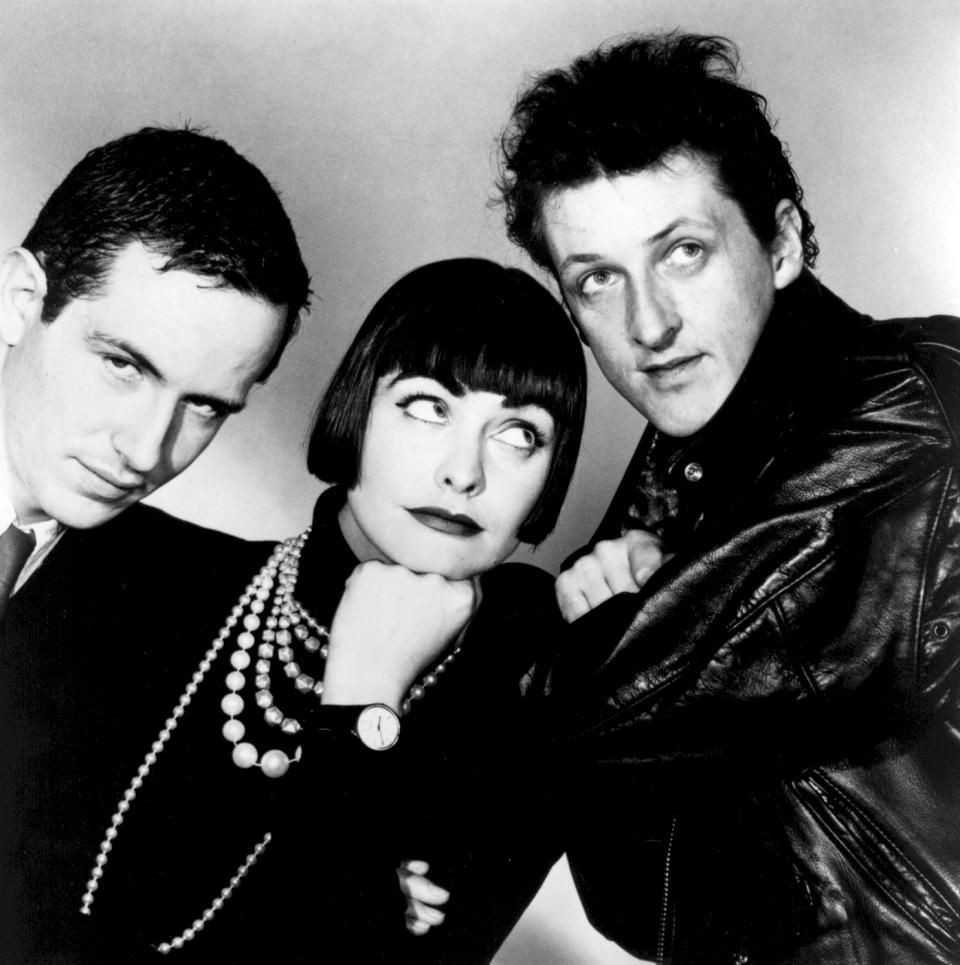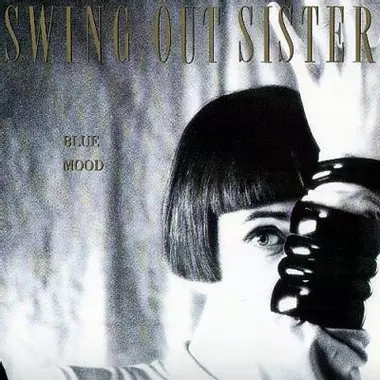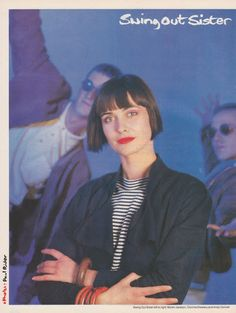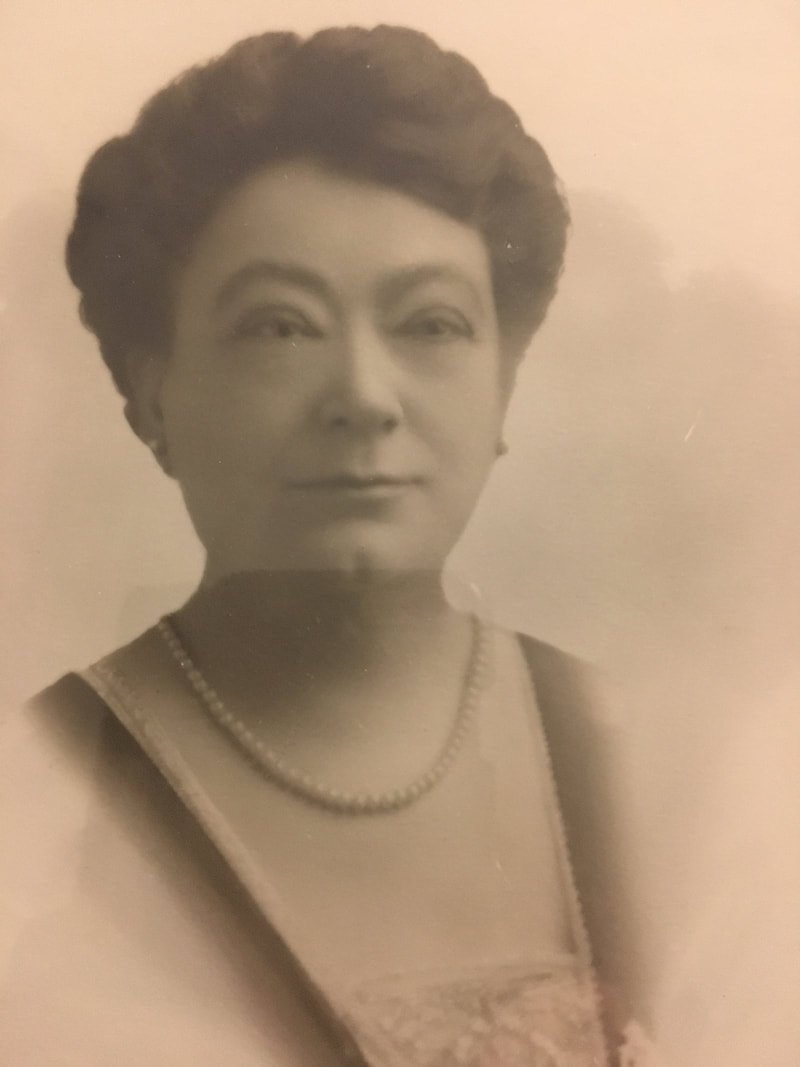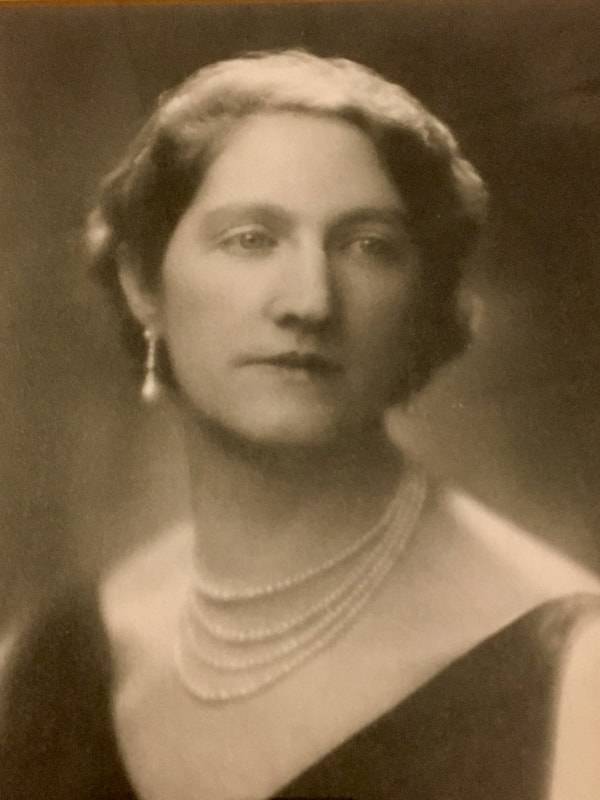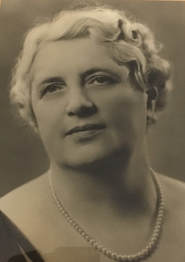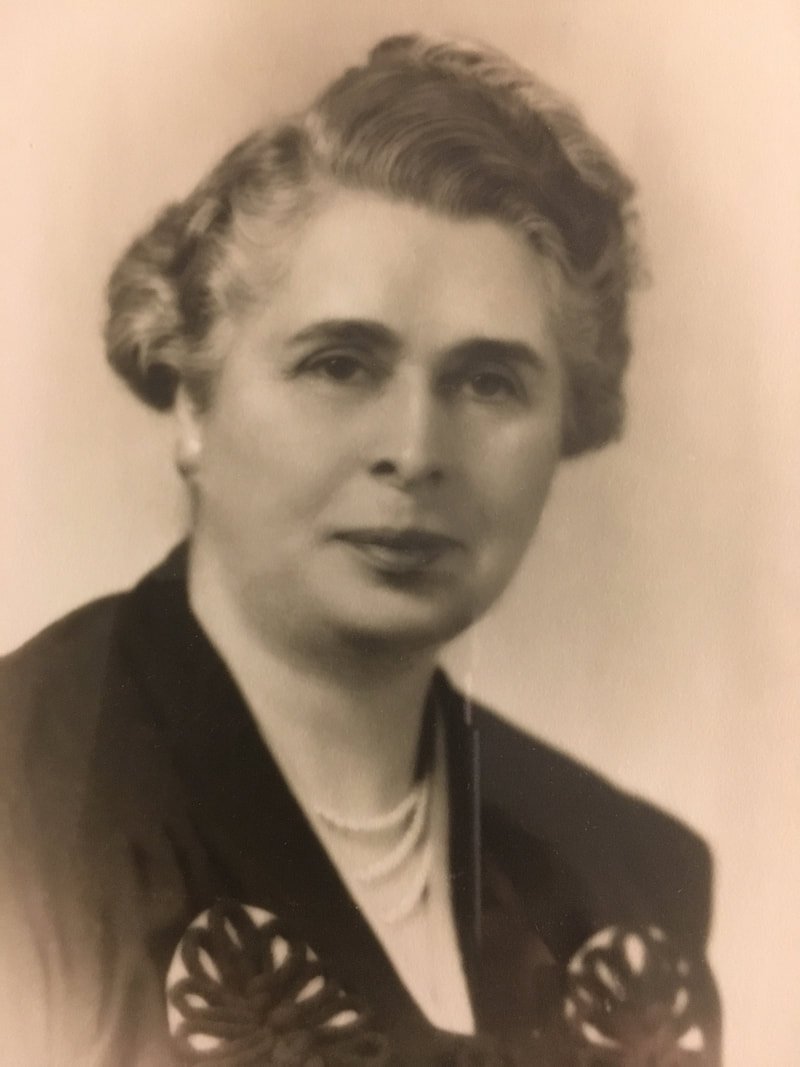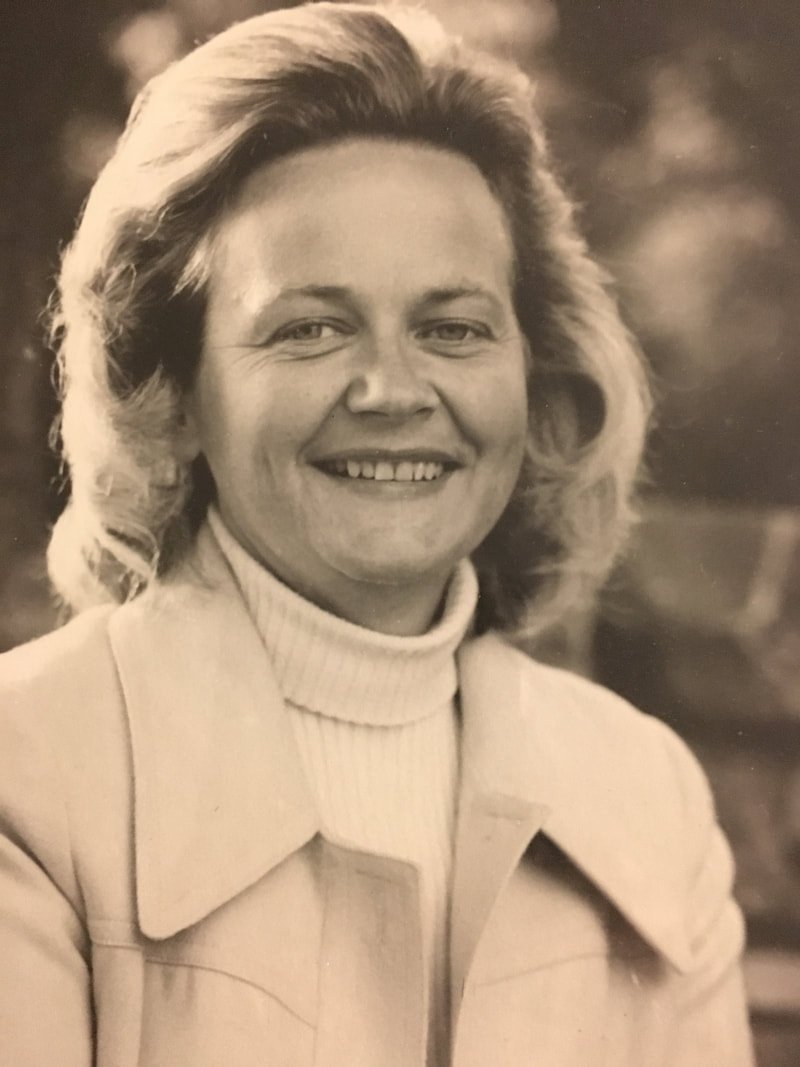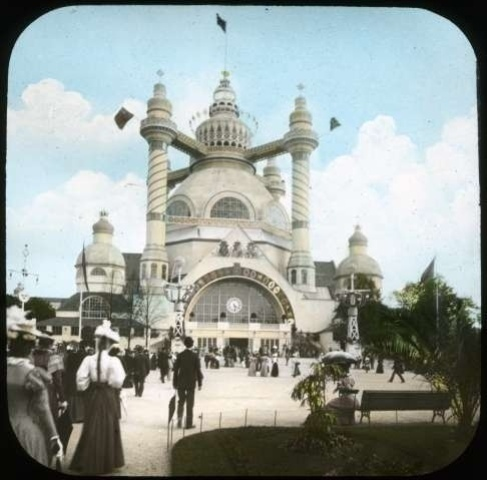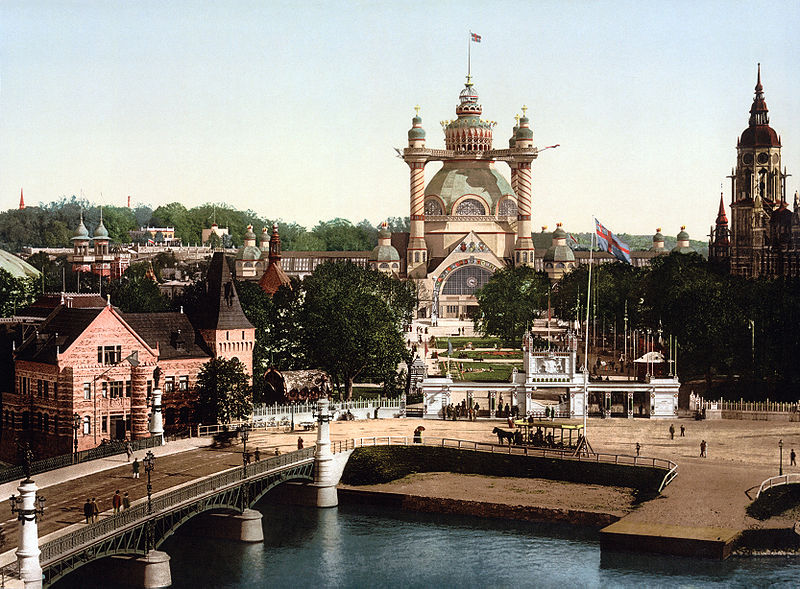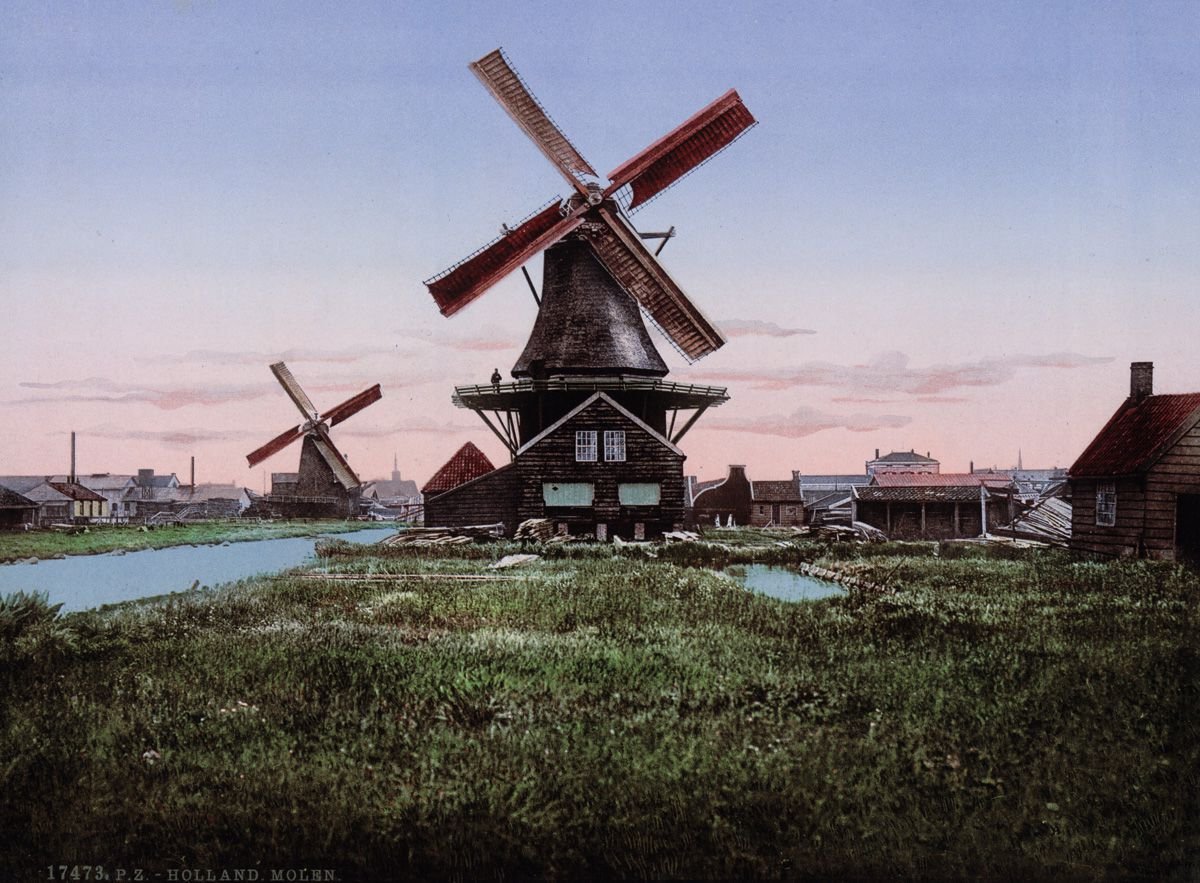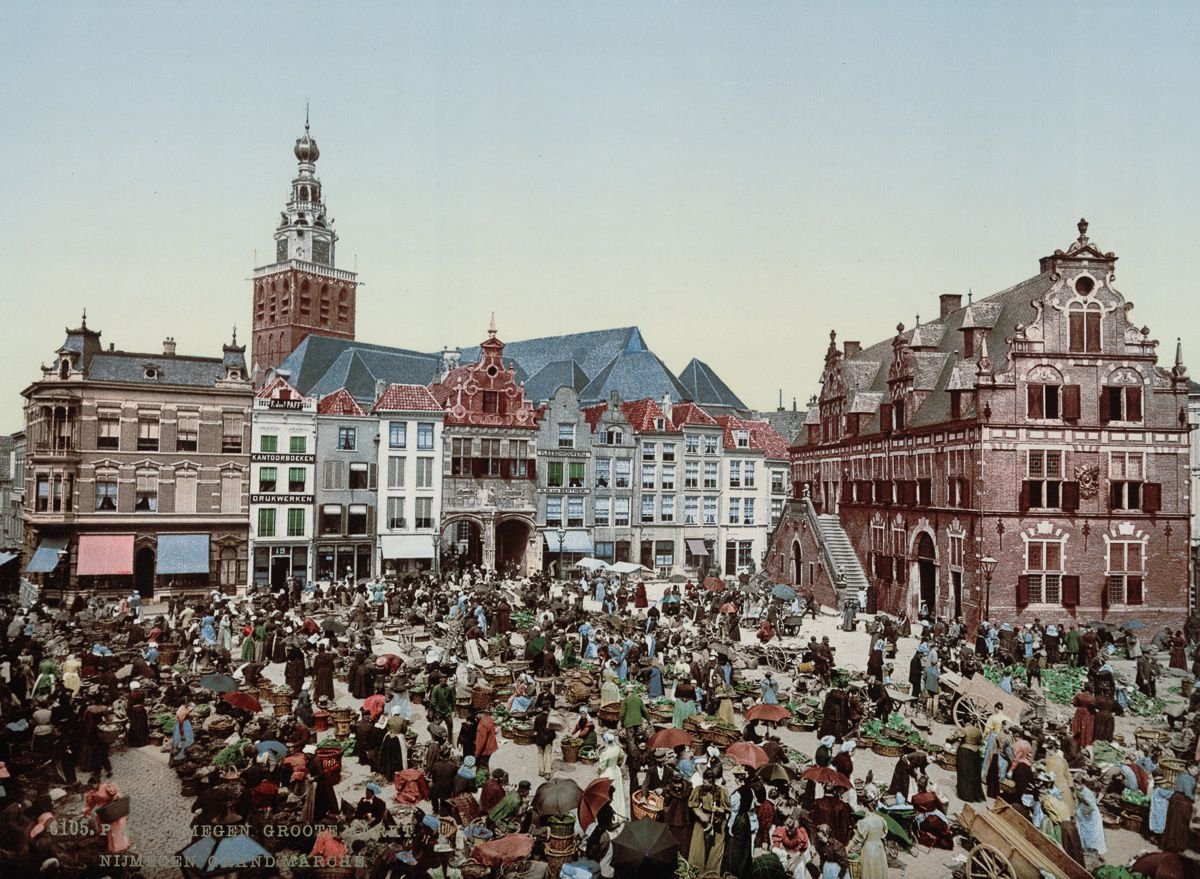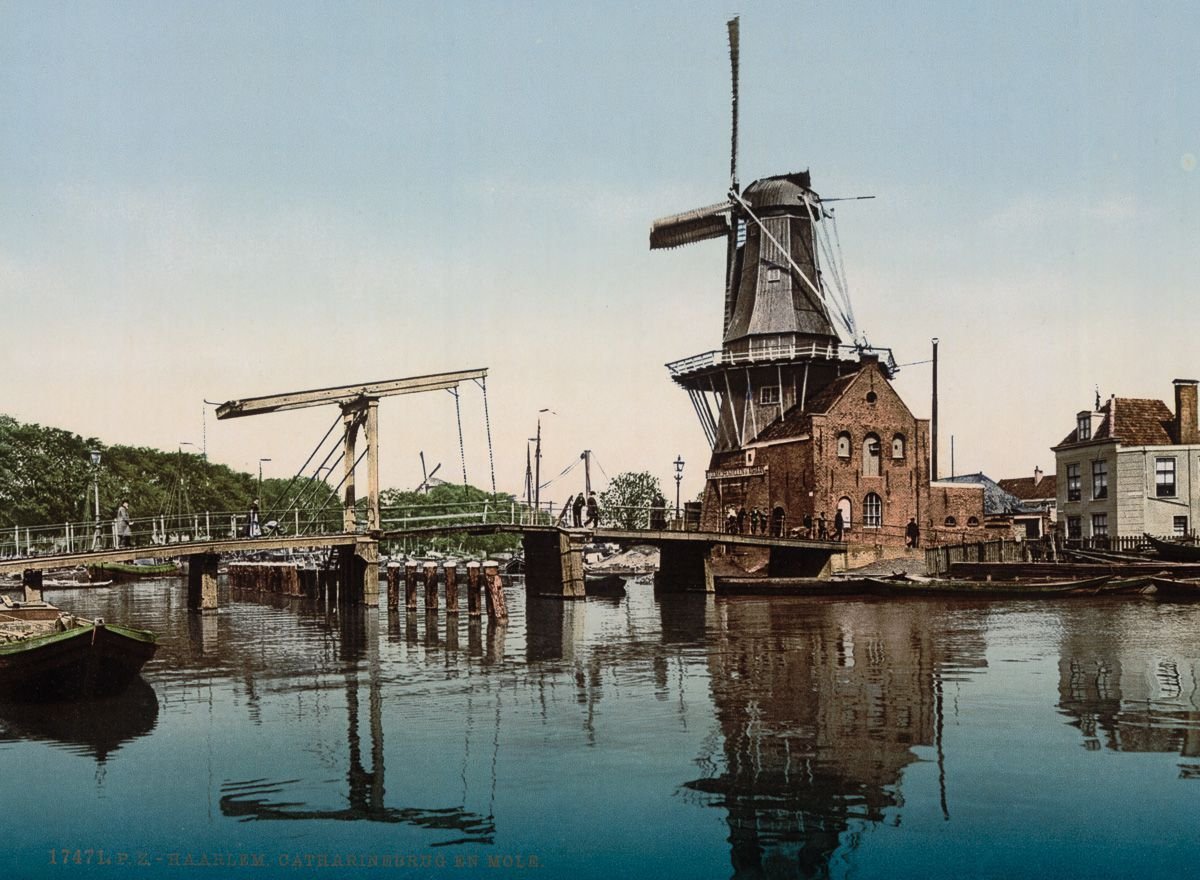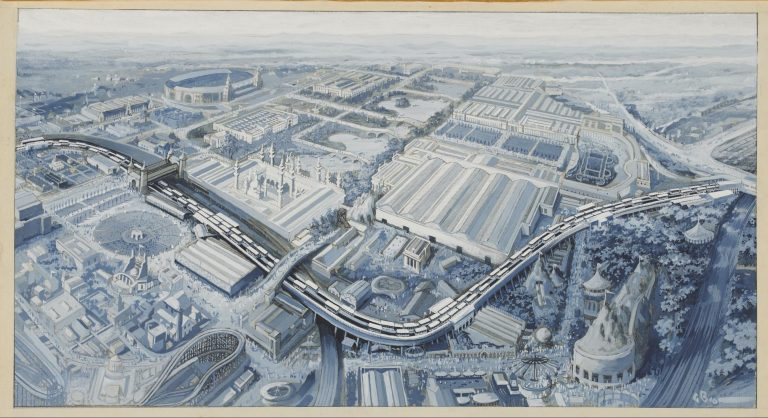
Twin sisters, 😶Alison & Margaret Ruthven 1923
According to Cecil Beaton, in his The Book of Beauty: "The Ruthven Twins are the most striking pair. Richly carved with large full mouths, high cheek bones, and knobbly noses,they are as decorative as a pair of Assyrian rams."

According to Cecil Beaton, in his The Book of Beauty: "The Ruthven Twins are the most striking pair. Richly carved with large full mouths, high cheek bones, and knobbly noses,they are as decorative as a pair of Assyrian rams."
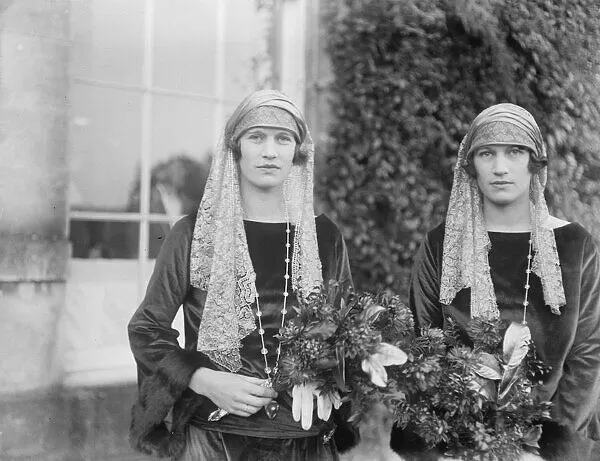

Well-known socialites, the Ruthven twins, aka the Hon. Alison and the Hon. Margaret Ruthven, briefly took the stage as the Ralli Twins in the 1920s, appearing in the " Shake Your Feet" at the London Hippodrome. 1927 







1927: Guests attending a charity ball
Left to right, standing:
John Foster, John Barron, Lady Jean Ruthven, Mr Thomas, Claude Duveen.
Left to right, seated:
Hon Allison Ruthven, Hon Margaret Ruthven and the Hon Adele Biddulph.
#EGI
Left to right, standing:
John Foster, John Barron, Lady Jean Ruthven, Mr Thomas, Claude Duveen.
Left to right, seated:
Hon Allison Ruthven, Hon Margaret Ruthven and the Hon Adele Biddulph.
#EGI

Alison Mary Hore-Ruthven was born in 1902, the daughter of Walter Hore-Ruthven, 10th Lord Ruthven of Freeland.
Alison on her wedding day, clearly see the husband's stair fail



Alison on her wedding day, clearly see the husband's stair fail




Alison Ruthven weds Mr. J.L. Barran at the Guards' Chapel in London
Note the huge Old World building and columns behind them. It was destroyed in the bombing, surprise, surprise!
Note the huge Old World building and columns behind them. It was destroyed in the bombing, surprise, surprise!
@HaroldHawaiki @LBennet1806 I think you're going to like this thread. Two for the price of one! 😆
@threadreaderapp unroll
• • •
Missing some Tweet in this thread? You can try to
force a refresh


